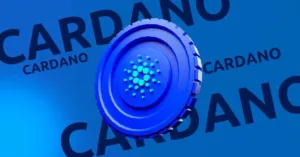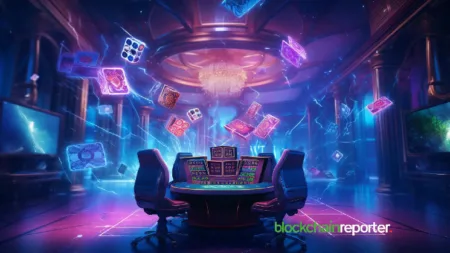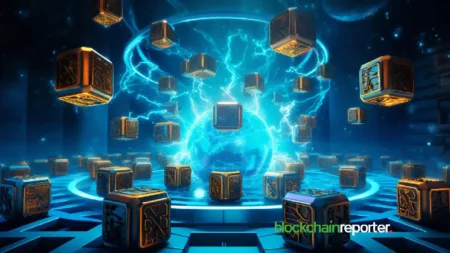- COPA’s Blockchain Zone is working to curb NPE behavior and shield blockchain technology.
- Lead at Spiral and member of COPA Steve Lee emphasized the group’s larger initiatives.
To protect blockchain developers against “patent trolls,” the Blockchain Zone was launched by the Cryptocurrency Open Patent Alliance (COPA) in collaboration with Unified Patents.
The initiative goes after non-practicing enterprises (NPEs), or those who own patents but don’t really do anything; these groups often use the exorbitant expense of litigation to force businesses to pay out large sums of money in settlements.
Shielding Against Frivolous Lawsuits
The revelation states that the percentage of cases in the United States attributable to NPEs has been constant at 58% over the last five years. Along with more than 300 other firms, COPA’s Blockchain Zone is working to curb NPE behavior and shield blockchain technology from frivolous lawsuits.
Lead at Spiral and member of COPA Steve Lee emphasized the group’s larger initiatives, citing their prior work disputing erroneous claims about the identity of Satoshi Nakamoto, the man supposedly responsible for creating Bitcoin.
Smaller firms and inventors in the field sometimes have their growth halted by costly and time-consuming patent litigation, which typically results in settlements. The goal of Blockchain Zone’s defensive approach is to alter that by protecting businesses and developers against baseless litigation.
To further shield blockchain-related businesses from needless and expensive legal disputes, COPA will provide members with pass-through protection at no additional cost. This is especially crucial for smaller developers, since they may not possess the financial means to engage in protracted legal disputes.
When it comes to copyrights that impede innovation, Unified Patents has a history of success in fighting them. Its Transactions Zone has successfully challenged hundreds of patent claims related to authentication technologies, online bill payments, and electronic transactions. As a result, the new project will likely do the same, keeping blockchain technology open and accessible to everyone.
Read the full article here









